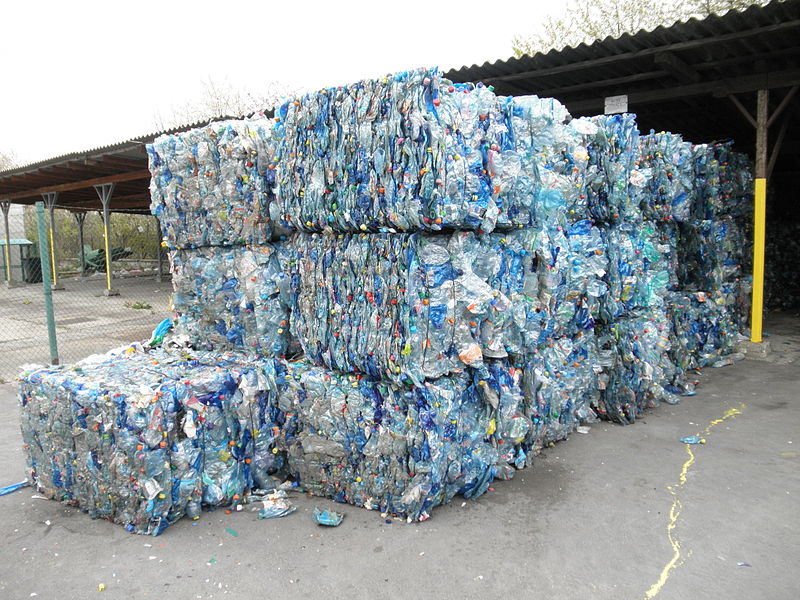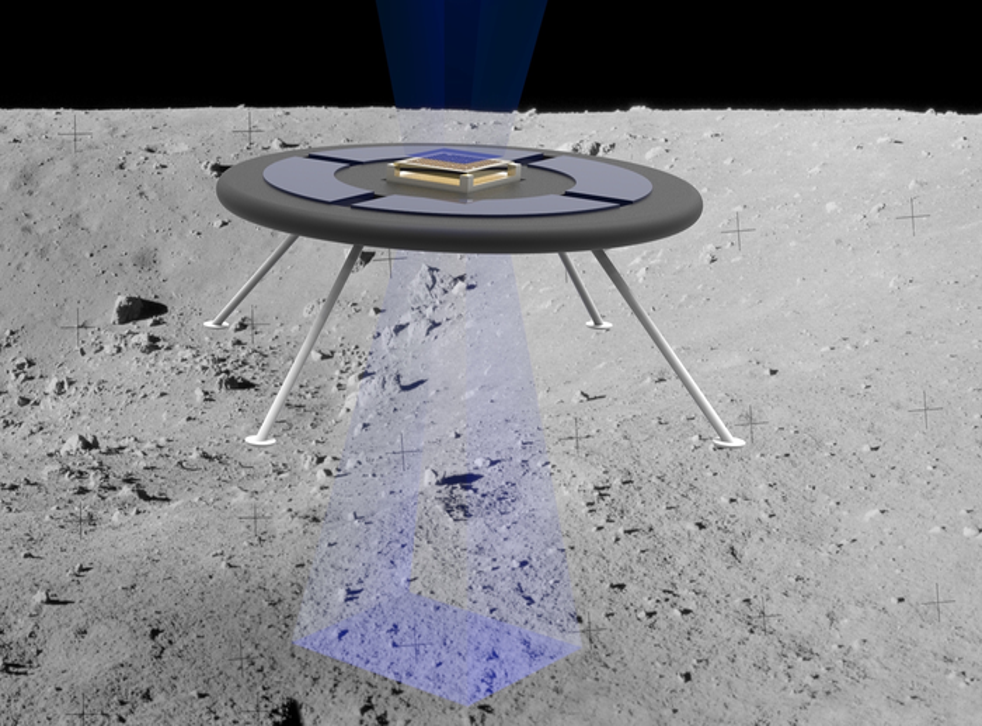The world of textiles is on the verge of a revolution with the development of a revolutionary new fabric. This innovative material boasts a remarkable property: it can stiffen or soften on demand! This groundbreaking capability opens doors for a vast array of applications, particularly in the fields of drone technology and medical devices.
The Science Behind RoboFabric
Researchers created the fabric using a unique blend of geometric design, 3D printing, and robotic control techniques. This innovative material, named RoboFabric, is inspired by the interlocking scales of pangolins and armadillos, which create a protective shell. A sophisticated mathematical algorithm designs an interlocking system of tiles, forming the foundation of this remarkable fabric.
Transforming Drone Technology
Imagine drones with limbs that stiffen upon landing, providing a stable platform. Conversely, picture limbs that soften during flight, allowing for smoother maneuvering and obstacle avoidance. This on-demand stiffness could be a game-changer for drone delivery, search and rescue operations, and aerial photography.
Medical Marvels and Beyond
The possibilities are equally exciting in the medical realm. This fabric could be used to create medical braces or support garments that adjust their rigidity based on the patient’s needs. Think of a cast that loosens slightly for physical therapy exercises and tightens for optimal support during recovery.
A Revolution in Fabric Design
This innovation promises to revolutionize the way we design and utilize fabrics. It is a testament to the relentless pursuit of advancements in material science, pushing the boundaries of what’s possible. With continued research, RoboFabric’s applications could extend far beyond drones and medical devices, shaping the future of wearables, prosthetics, and even soft robotics.







